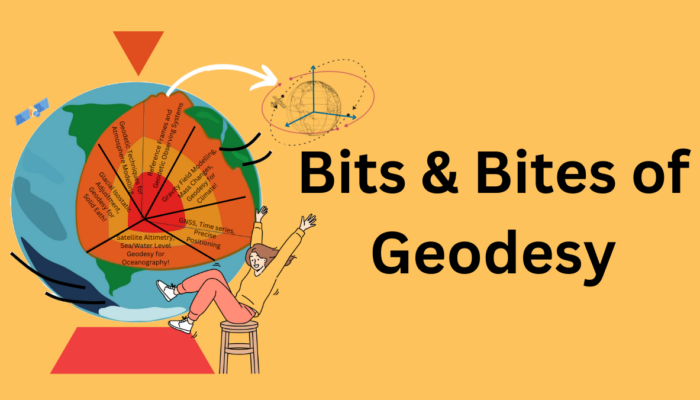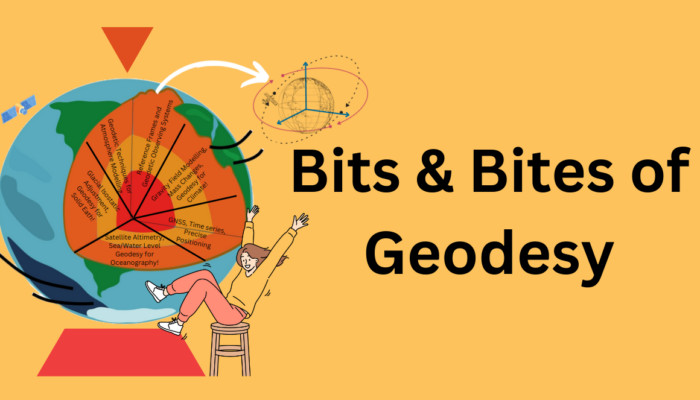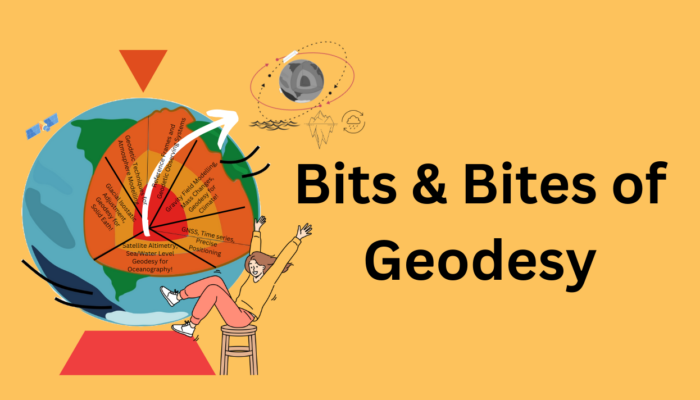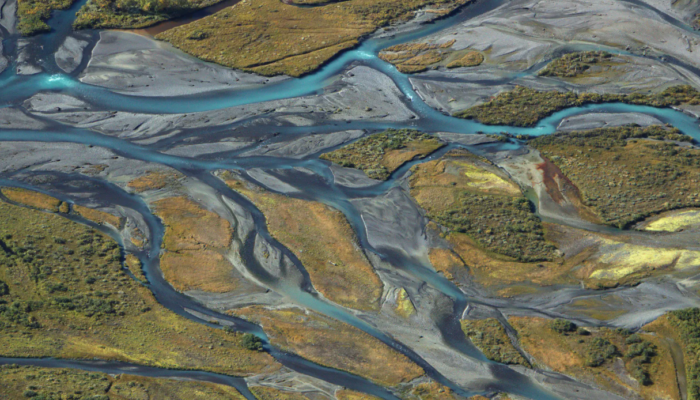Summer vacations are finally here! Like every year, many of us are ready to travel and explore new and exciting destinations. And of course, the GPS on our phones will be an indispensable travel companion! Did you know that GPS (or GNSS) positioning is one of the traditional geodetic techniques? Come along to discover how this technique can find your location in the world and the various applicati ...[Read More]
Bits and Bites of Geodesy – From Wobble to Wander: Tracking Earth’s Shifting Rotation Axis
When we think of Earth’s rotation, it is tempting to imagine a perfectly smooth spin. But in reality, Earth’s rotation is irregular and dynamic, and is influenced by forces inside and outside of our planet. To describe the changing orientation of the Earth in space over time Earth Orientation Parameters (EOPs) are measured with fundamental geodetic measuring techniques, e.g., Very Long Baseline In ...[Read More]
Bits and Bites of Geodesy – Satellite altimetry: What else can we do with it?
In the previous post of this series, we learned how we can use satellite radar altimetry to retrieve highly accurate estimates of global sea level changes. If only reading “sea level” triggers your climate anxiety – we got you covered! In this post we will introduce you to three more applications of radar altimetry, where the first two are not directly connected to climate change. Instead, w ...[Read More]
High resolution terrestrial water storage changes from combination of GRACE and models
The Gravity Recovery and Climate Experiment (GRACE) satellite mission (2002-2017) consisted of two satellites at ~500 km altitude separated by 200 km, following each other in the same orbit. The distance between the two GRACE satellites changes because of the gravitational pull of the masses beneath the satellites. As such, mass changes at or near the Earth’s surface caused variations in the dista ...[Read More]




